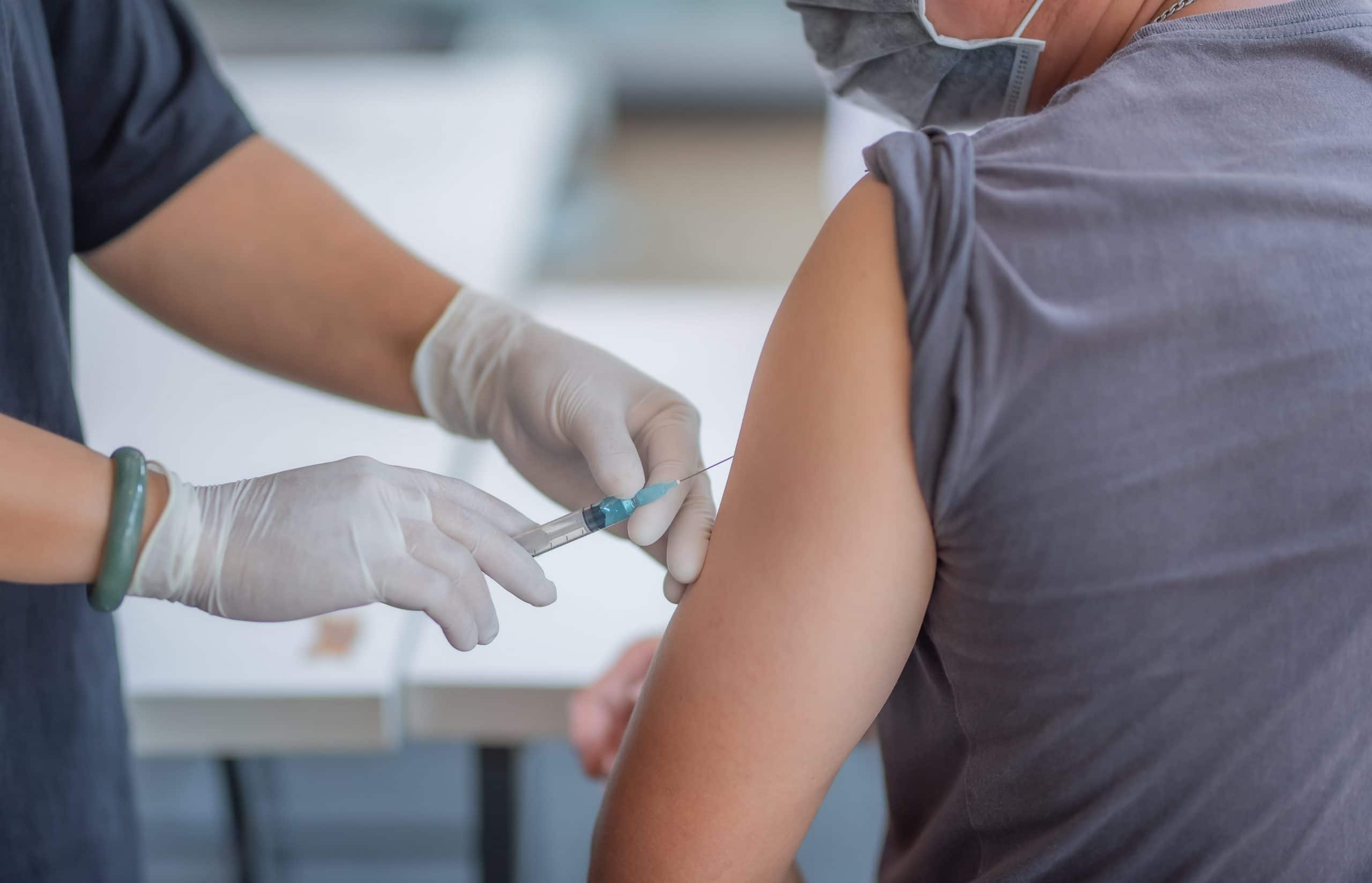The Value of Capnography for Prehospital Providers
 In CareerCert’s basic capnography online training course, Jon Puryear discusses how capnography is becoming ever more popular, both in the hospital setting and in the prehospital setting. Throughout the years, providers have relied on pulse oximetry as one of our standards for determining a patient’s oxygen perfusion status. While pulse oximetry continues to be a useful tool, we must realize the clear benefits of capnography. Because we are measuring a breath-by-breath sample of our exhaled carbon dioxide, we are getting real-time information about our ventilatory status and, in turn, our perfusion status.
In CareerCert’s basic capnography online training course, Jon Puryear discusses how capnography is becoming ever more popular, both in the hospital setting and in the prehospital setting. Throughout the years, providers have relied on pulse oximetry as one of our standards for determining a patient’s oxygen perfusion status. While pulse oximetry continues to be a useful tool, we must realize the clear benefits of capnography. Because we are measuring a breath-by-breath sample of our exhaled carbon dioxide, we are getting real-time information about our ventilatory status and, in turn, our perfusion status.
Think about this simplified scenario: If we are sedating a patient and that patient suddenly becomes apneic, will we immediately notice a drop in the pulse oximetry?
No; it takes some time for those oxygen molecules to desaturate hemoglobin. What if, in conjunction with our pulse oximetry, we also have end-tidal monitoring. Because we are getting a breath-by-breath sampling of carbon dioxide, we immediately see that our patient has become apneic. We see the disappearance of any waveform and we see no activity off of our baseline and an exhaled carbon dioxide reading of 0 mm Hg. We can quickly begin resuscitative efforts to correct the issue.
We all know that prehospital care is expanding at a rapid rate. The days of putting our patients on oxygen, putting them in the back of an ambulance, and driving as fast as we can to a hospital are long gone. We are now more advanced than we’ve ever been and are on our way to becoming rolling ICUs. There are many situations in which prehospital providers can make a large impact on patient outcomes. I like to refer to these situations as the big 3 S’s: strokes, STEMIs, and sepsis. Let’s dig a little deeper into sepsis and see how capnography can be used to guide our care.
Sepsis and Capnography
As we know, sepsis is a systemic infection caused by invaders like bacteria, viruses, or fungi. Our body recognizes these invaders and sends our white blood cells to fight and rid our body of these substances. As the white blood cells are activated, vasodilation occurs, which causes our blood pressure to drop and our heart rate to elevate to compensate. During this process, we also see increased vascular permeability and fluid collects in our tissues which makes it difficult for oxygen to penetrate and get to its destination. All of these processes lead to hypoperfusion.
Luckily, we have a bag full of useful tools to help our patients. Most services are now screening for septic patients, with the Robson screening being the most popular. The Robson screening looks at the patient’s temperature, heart rate, respiratory rate, altered mental status, and glucose. There are values for each of those findings, and if 2 or more are positive, the likelihood of that patient being septic is high.
We also have capnography! As I mentioned above, we are concerned with sepsis because it causes hypoperfusion. When our patient’s perfusion is poor, they will create lactic acid, and their respiratory rate increases to combat the acidosis. Capnography is fantastic in the identification of sepsis because as hypoperfusion occurs and lactic acid production increases, we see end-tidal values fall off. If our patient is showing signs of shock with an EtCO2 reading of 25 mm Hg (remember, a normal EtCO2 reading is 35-45 mm Hg) or less it may be indicative of a septic patient. In correlation, it has been shown that patients with a low EtCO2 and signs of shock have high lactate levels.
Once we determine that we may be treating a septic patient, we can quickly begin our sepsis protocols and begin giving the patient IV fluids and antibiotics (if your protocols allow).
This is just one example of how valuable capnography can be to you as a prehospital provider. Study it, learn your equipment, and use it. Keep delivering quality care and stay safe!
References
- AAMC & Khan Academy. Septic Shock – Pathophysiology And Symptoms. 2015. https://www.youtube.com/watch?v=-bt-H5VQl5E. Accessed March 31, 2021.
- Assessing & Managing Sepsis in the Prehospital Setting. JEMS. https://www.jems.com/2015/10/29/assessing-managing-sepsis-in-the-prehospital-setting/. Published 2015. Accessed March 31, 2021.
- Capnography Provides Bigger Physiological Picture to Maximize Patient Care. JEMS. https://www.jems.com/patient-care/capnography-provides-bigger-physiological-picture-to-maximize-patient-care/. Published 2015. Accessed March 31, 2021.
- Schnur M. Elevated Lactate – Not just a marker for sepsis and septic shock. Nursingcenter.com. https://www.nursingcenter.com/ncblog/march-2017/elevated-lactate-%E2%80%93-not-just-a-marker-for-sepsis-an. Published 2017. Accessed March 31, 2021.
- The How, What and Why of EMS Pulse Oximetry. JEMS. https://www.jems.com/2017/05/09/the-how-what-and-why-of-ems-pulse-oximetry/. Published 2021. Accessed March 31, 2021.
 Chris Troxell is a paramedic with 16 years of experience in EMS. Currently, Chris serves as the Emergency Department Director, Safety Officer, and Emergency Preparedness Coordinator for Critical Access Hospital in central Illinois.
Chris Troxell is a paramedic with 16 years of experience in EMS. Currently, Chris serves as the Emergency Department Director, Safety Officer, and Emergency Preparedness Coordinator for Critical Access Hospital in central Illinois.



